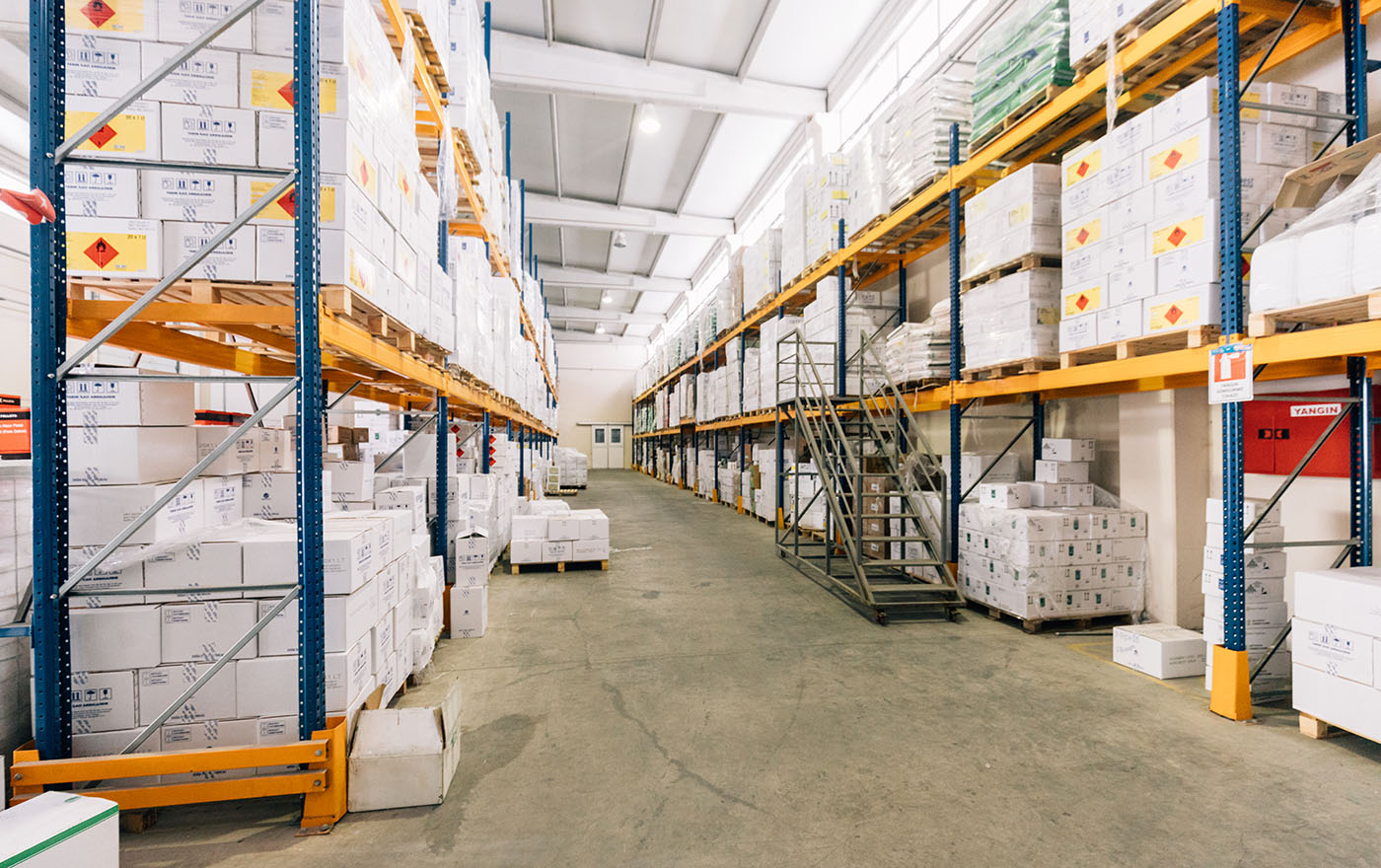Canada’s chemical substance regulations are designed to protect human health and the environment by requiring new substances to be assessed before they are manufactured or imported. At Sagentia Regulatory, we guide you through the New Substances Notification (NSN) process and help determine your product’s status on the Domestic Substances List (DSL), so you can bring compliant chemical products to the Canadian market efficiently and responsibly.

Understanding the Canadian chemical regulatory landscape
Navigating Canada’s chemical regulations can be complex—especially when determining whether a substance is considered “new” under the Canadian Environmental Protection Act, 1999 (CEPA). If your substance isn’t listed on the Domestic Substances List (DSL) or Non-Domestic Substances List (NDSL), it may require notification before manufacture or import.
The New Substances Program, jointly administered by Environment and Climate Change Canada (ECCC) and Health Canada, oversees the implementation of the New Substances Notification Regulations (Chemicals and Polymers) and the New Substances Notification Regulations (Organisms) [NSNR].
These regulations apply to:
- Chemicals and polymers
- Biochemicals and biopolymers
- Living organisms and animate products of biotechnology, such as bacteria, fungi, and genetically modified animals such as fish and livestock
Before introducing a new substance above certain thresholds, companies must submit a New Substances Notification (NSN) through ECCC’s Single Window Information Manager (SWIM) platform. Sagentia Regulatory’s team helps you determine whether notification is required and supports you through every step of the process.

Understanding the role of the Domestic Substances List (DSL) and Non-Domestic Substances List (NDSL)
The DSL is Canada’s official inventory of substances that were in commercial use between 1984 and 1986 or have since been assessed and added. Substances not on the DSL, or those subject to Significant New Activity (SNAc) provisions, require notification before they can be imported or manufactured.
The NDSL is a list of substances that are not used commercially in Canada above trigger quantities specified in the New Substances Notification Regulations (Chemicals and Polymers), but that are known to be in international commerce. The NDSL is based on the US TSCA Inventory.
We help you assess your substance’s DSL/NDSL status, evaluate SNAc triggers, and determine the most appropriate regulatory path forward.
How Sagentia Regulatory can help with NSN and DSL/NDSL compliance
Whether you’re introducing a new chemical, verifying DSL/NDSL status, or preparing a full NSN submission, our regulatory specialists provide tailored support at every stage:
- DSL and Non-DSL substance assessments
- Determination of notification schedules and eligibility for exemptions
- Preparation and submission of:
- New Substances Notifications (NSNs)
- Notices of Manufacture/Import (NOMIs)
- Notices of Excess Quantity (NOEQs)
- Pre-notification Consultations (PNCs)
- Guidance on data requirements, Reduced Regulatory Requirements (RRR), and exemption eligibility
- Technical review and advice on:
- Microbial characterization for NSNR-Organisms (NSNR-O)
- Genetically engineered microorganisms and products of commercial significance
- Production processes and quality control checkpoints
- Support with SNAc compliance and masked name submissions
- Liaison with Environment and Climate Change Canada
- Representation as a Canadian regulatory agent for foreign companies

Why choose Sagentia Regulatory?
We work closely with your internal teams to ensure your product strategy aligns with Canadian chemical regulations, minimizing delays and ensuring compliance.
From specialty chemical manufacturers to global innovators, companies trust Sagentia Regulatory for science-led, practical regulatory solutions that support successful market access in Canada.
Your Canadian chemical substance regulatory experts
Joe McCarthy leads our Canadian regulatory services with deep expertise in chemical substance compliance. From DSL assessments to full NSN submissions, Joe provides hands-on support to help you navigate CEPA’s regulatory framework with confidence.

